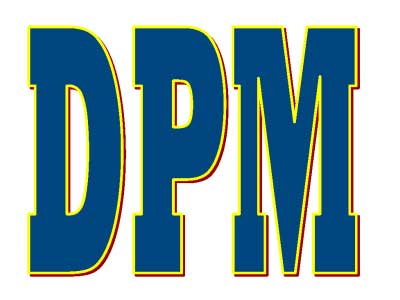 |
Effective Prehospital Patient Handoffs Between Providers |
0.50 |
Effective Prehospital Patient Handoffs Between Providers was designed to provide a common process for reporting patient information during the prehospital care process. Communication of the patient's prehospital care from all level of providers is essential in ensuring the continuation of care in a unified and effective manner and to help provide a seamless transition in their care. This course expands on the idea of effective patient handoffs to the field providers that often transfer patients between various levels of care from first-responder through advanced paramedics. Very often, initial observations of those initial responders are unavailable to subsequent responders - either because the patient has been moved, or the scene itself has been altered. Without an effective process to communicate these details, important information can and will be lost. |
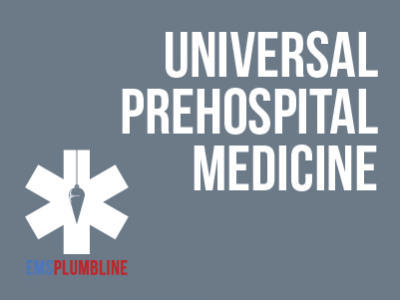 |
Framing: Interviewing a Flight Medic |
1.00 |
The advent of Helicopter Emergency Medical Services (HEMS) has opened the door for care that is often superior to what can be done on the ground. Most providers will look to the speed of transport as the benefit that a helicopter can offer. This lesson is designed to allow the Ground Emergency Medical Service (GEMS) Provider a chance to think differently about HEMS. This interview sheds some light on how just one Flight Medic approaches her job. This enlightening talk will offer a GEMS provider the opportunity to value not just what HEMS can do for the patient but gain some insight as to how the people on the aircraft can make a difference to the persons in need of assistance. Final Exam: This multiple choice exam is designed to test your knowledge of the material you just reviewed. You have TWO attempts to gain a 70% or higher on this exam. Please take your time and answer each question carefully. |
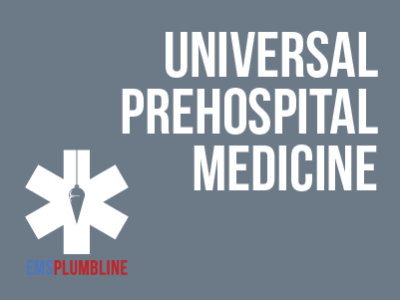 |
Bedrock: Therapeutic Communications for EMS |
1.00 |
The topic of therapeutic communications relates to nearly every EMS response and is especially important for high-acuity situations. Elizabeth C. Shannon, EMT, MS, RN, PMHNP-BC, brings her years of experience as a mental health care provider and an EMT to the table in this insightful discussion. As you hear her navigate the questions posed, we hope that you will confirm what you are already doing well. We also hope that your reflection on the subject will lead to improved EMS responses for you and the other medics on your crew.
Final Exam: Please read each question carefully. You will have two attempts to gain a 75% or higher on this exam. If you are not successful in two attempts, you are welcome to take the course again to gain the certification. |
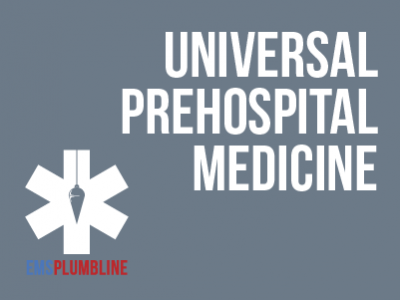 |
Communicating with the Deaf Sign Language User |
1.00 |
This training was developed by Dr. Jason Rotoli, Deaf Health Pathways Director, University of Rochester School of Medicine and Dentistry in conjunction with Dr. Jeremy Cushman, Chief of the University of Rochester’s Division of Prehospital Medicine. Funding for the Care of the Culturally Deaf education was provided by Society of Academic Emergency Medicine. Continuing Education provided by EMSPlumbline
Final Exam: This multiple-choice exam is designed to test your knowledge of the material you just reviewed. You have three attempts to gain an 80% or higher on this exam. Please take your time and answer each question carefully. |
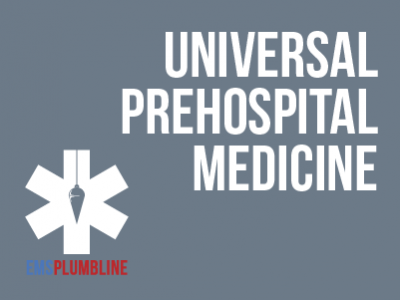 |
Lifting and Moving—Lesson 2 |
0.50 |
In the second session, we will discuss body mechanics and what you can do to properly train to perform in a safe manner. Final Exam: This multiple choice exam is designed to test your knowledge of the material you just reviewed. You have two attempts to gain an 80% or higher on this exam. Please take your time and answer each question carefully.
|
 |
Lifting and Moving—Lesson 1 |
0.50 |
There are several disciplines of healthcare that require proficiency in lifting and moving. Prehosital medicine and fire-service-related rescue requires a proficiency in this area that is beyond any other area of healthcare. Our team of experts discuss the challenges that we face in our community. In this first session of the series, we explore the mindset and preparation that must take place in order to achieve success.
Final Exam:This multiple choice exam is designed to test your knowledge of the material you just reviewed. You have two attempts to gain a 70% or higher on this exam. Please take your time and answer each question carefully. |
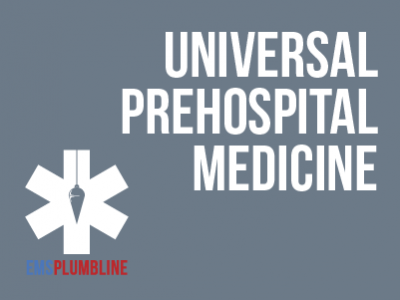 |
COVID-19 Pandemic—EMS Documentation |
1.00 |
Paramedics Mark Philippy and Ben Sensenbach take time in the Spring of 2020 to discuss the documentation concerns that are associated with COVID-19. This in-depth discussion will lead most providers to the conclusion that they are already doing good work and it should continue. This discussion is strong enough to lead the same providers to think slightly differently about what is done during a pandemic period and they may decide to make minor alterations in what the way the document after EMS responses. Final Exam: This multiple-choice exam is designed to test your knowledge of the material you just reviewed. You have three attempts to gain an 80% or higher on this exam. Please take your time and answer each question carefully. |
 |
Head Trauma Interviews: Lesson 2 |
2.00 |
In this second segment of our series, Christopher G. Zammit, M.D. sits down with Lauren Wittman, RN, BSN, CCRN-CMC and they define what head trauma is and how best to treat it. Final Exam: This multiple-choice exam is designed to test your knowledge of the material you just reviewed. You have two attempts to gain an 75% or higher on this exam. Please take your time and answer each question carefully.
|
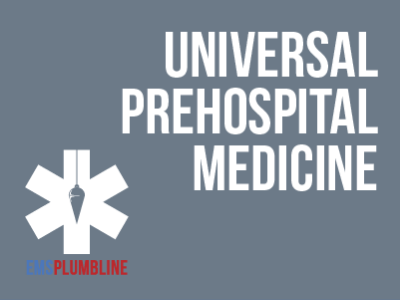 |
Brick by Brick: Trauma Transport Decisions 3—Response to the Big One |
1.00 |
|
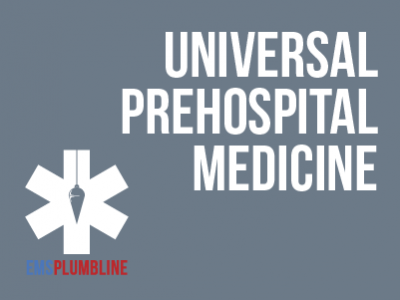 |
Framing: Toxic Inhalations at Structure Fires |
1.00 |
In this brief overview, we discuss the topic of smoke inhalation as it relates to what may occur during a typical structure fire. The emphasis of this lesson will be CO and Cyanide. These are two of the most common toxic inhalation hazards that EMS providers will encounter when treating those that are exposed. Final Exam: This multiple-choice exam is designed to test your knowledge of the material you just reviewed. You have two attempts to gain an 70% or higher on this exam. Please take your time and answer each question carefully. |
 |
Framing: Documentation-Proper and Complete |
1.00 |
Your local training director, operations officers, and medical direction have expectations that should be met for each and every documentation piece that you provide. It is our intention to provide you with knowledge on this subject that will spark good discussion and hopefully a better overall product for you and your service. |
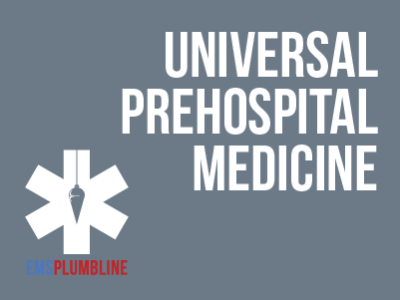 |
Neurogenic Shock Reviewed |
1.00 |
Terms that are commonly heard, such as neurogenic shock and spinal shock often confuse EMS providers. Knowing the meaning of each term is only the beginning. In this overview, Dr. Jeremy Cushman offers a few pearls of wisdom that will assist EMS providers of all levels with the secondary assessment of patients who may have suffered life-threatening spinal trauma. Test: This multiple choice exam is designed to test your knowledge of the material you just reviewed. You have one attempt to gain an 70% or higher on this exam. Please take your time and answer each question carefully.
|
 |
Mental Health Depression |
1.50 |
Most, if not all, providers have an interest in helping those around them. We found six providers that chose to tell their stories as they relate to Chronic Depression. All of the stories are different but they are all being told for the same reason. These providers are willing to do what many of us will never do. They are sharing their experiences so that they will help those around them. Mental Health First-Aid Instructor, Melodie Kolmetz and Dual Certified Family Practice Physician / Family Therapist, Alan Lorenz discuss the growth that our profession has seen. They also give fantastic guidance regarding the care of patients, partners, and ourselves. |
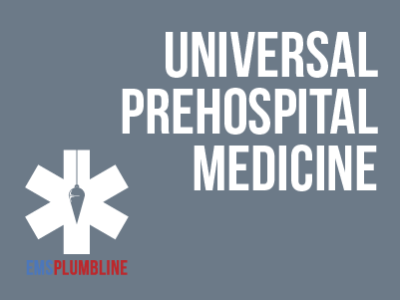 |
Scene Safety Series: Part 1—Emotionally Disturbed Persons |
1.50 |
Emotionally Disturbed Persons (EDPs) is a term that covers a wide range of situations. Although the responses are frequent, some become dangerous. Psychology professor Drew Anderson and Law Enforcement Officer/EMT Instructor James Walker provide expert commentary supported by a cast of experienced prehospital providers. Final Exam: This multiple choice exam is designed to test your knowledge of the material you just reviewed. You have two attempts to gain an 70% or higher on this exam. |
 |
Children with Special Health Care Needs: Assessments Part II |
1.00 |
In this second lesson of the series, another family offers their time and personal experiences. Take advantage of the information that the medical professionals and the mother of a medically fragile child offer. We believe that your assessment and treatment abilities will improve. Final Exam: This multiple choice exam is designed to test your knowledge of the material you just reviewed. You have two attempts to gain an 70% or higher on this exam. Please take your time and answer each question carefully. |
 |
Children with Special Health Care Needs: Assessments Part I |
1.00 |
This is the first lesson in a series that offers two opportunities. You have the opportunity to learn from a medical professional and the opportunity to learn from an experienced and caring mother. Listen carefully in this first lesson and consider what should be done for all medically fragile children. Final Exam: This multiple-choice exam is designed to test your knowledge of the material you just reviewed. You have two attempts to gain an 70% or higher on this exam. Please take your time and answer each question carefully. |
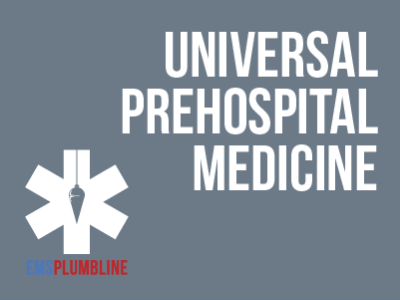 |
Brick by Brick: Trauma Transport Decisions 4—Pediatrics |
0.50 |
|
 |
Brick by Brick: Difficult Deliveries |
1.00 |
Assisting a mother with a complicated childbirth is one of the most challenging situations an EMS provider may encounter in their career. Our team of experts discuss the prehospital management of postpartum hemorrhage, prolapsed cord, shoulder dystocia, and breech birth. Doctors Kristen E. Burhans, Maia Dorsett, and Kara Louise LaBarge demonstrate skills that you will want to practice with your response team before your next obstetrical emergency occurs. |
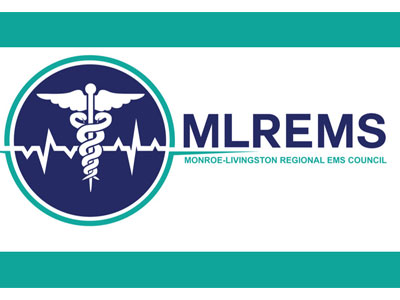 |
Constructing: FAST-ED Overview |
1.00 |
Professor of Emergency Medicine and Chief of the Division of Prehospital Medicine at the University of Rochester, Jeremy Cushman, brings his experienced team of prehospital providers together to discuss the benefits of Field Assessment Stroke Triage for Emergency Destination (FAST-ED). You will want to take notes and download your favorite smartphone app. This lesson is sure to spark an excellent discussion with your training officers and/or medical director(s).
Final Exam: This multiple choice exam is designed to test your knowledge of the material you just reviewed. You have two attempts to gain an 80% or higher on this exam. Please utilize the smartphone app of your choosing and take your time and answer each question carefully. |
 |
Spinal Motion Restriction Decisions |
1.50 |
Two of the University of Rochester’s finest educators discuss the decision-making that is involved with Spinal Motion Restriction.This enlightening discussion offers information that will allow providers to better interpret standing protocols.Subsequently providers will be able to create and execute better treatment plans.
Jeremy Cushman M.D., M.S., NYS Paramedic is the Chief of the Division of Prehospital Medicine, Department of Emergency Medicine, at the University of Rochester.
Mark Gestring, M.D., F.A.C.S., is the Director of Adult Trauma at the University of Rochester’s Regional Trauma Center.
Enjoy the conversation as these two experts in their respective fields escort you through the nuance that every provider should consider when treating a patient with possible spinal trauma. |
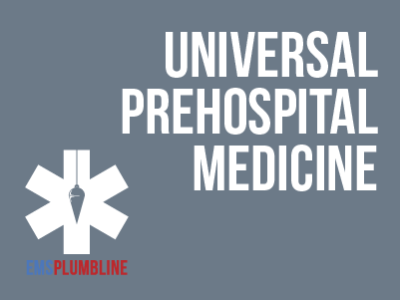 |
Pneumothorax and Hemothorax for EMTs |
1.00 |
Paramedic Instructor Peter Bonadonna discusses some of the most life threatening chest injures. |
 |
Commotio Cordis |
1.00 |
Paramedic Instructor Peter Bonadonna discusses his thoughts on Commotio Cordis in an effort to orient EMTs that are not familiar with the phenomena. |
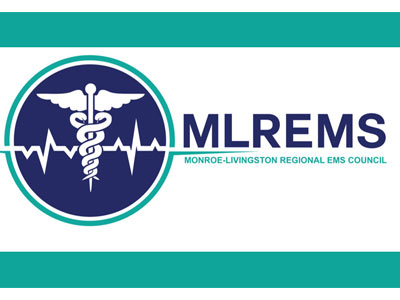 |
EMS Patient Handoffs in the Hospital |
0.50 |
|
 |
Collaborative Protocol Update - Patella Dislocation |
0.40 |
This course is designed to be taken by all BLS and ALS providers in the MLREMS region as an addition module for the collaborative protocol update.
A score of 70% is required to pass the exam which follows. |
 |
Brick by Brick: Trauma Transport Decisions 2—HEMS |
0.50 |
|


























